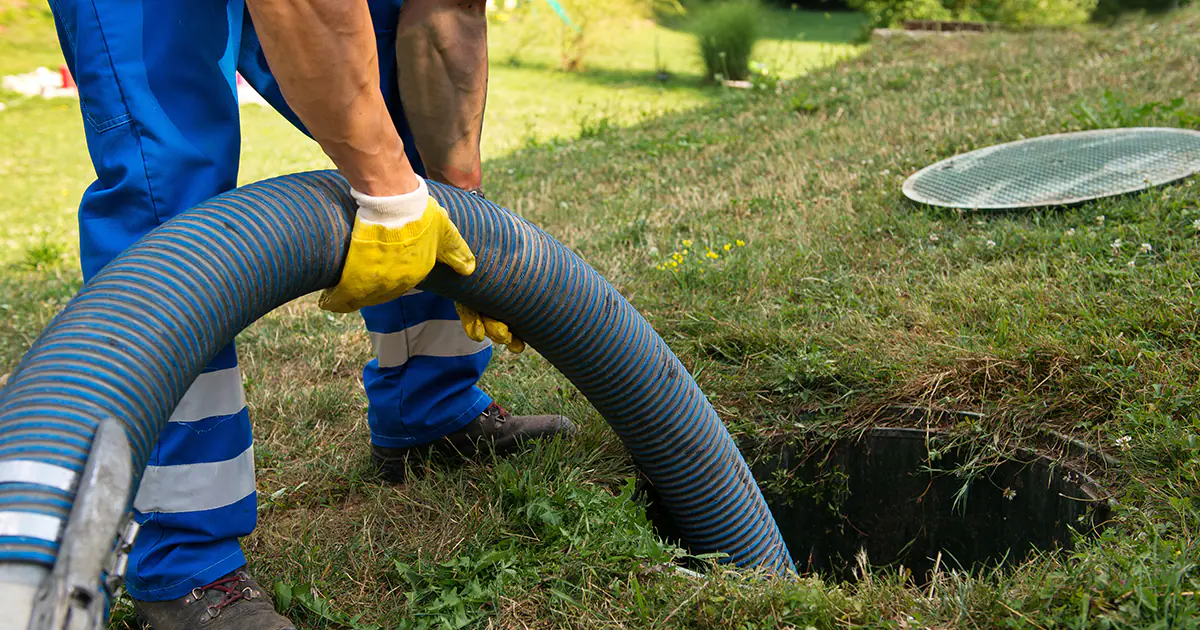Emergency septic pumping systems are crucial for homes and properties not connected to municipal sewage systems. They efficiently collect and treat wastewater from toilets, sinks, showers, and appliances. A key component is the septic tank, where solids settle, broken down by bacteria, while liquids flow into the drain field for further filtration, ensuring environmental safety and hygiene.
Understanding Emergency Septic Pumping
Emergency septic pumping refers to the urgent removal of accumulated solids and sludge from a septic tank. This process becomes necessary when the tank reaches its capacity, leading to potential backups, foul odors, and system malfunctions.
One of the primary causes of emergency septic pumping is neglecting regular maintenance and pumping schedules. Over time, solids build up in the tank, reducing its capacity and hindering proper wastewater treatment. Additionally, excessive water usage or the introduction of non-biodegradable materials into the system can accelerate the need for emergency pumping.
Signs of Septic System Problems
Recognizing the signs of septic system issues is crucial for preventing emergencies. Common indicators include slow drains, foul odors, pooling water near the drain field, gurgling sounds from plumbing fixtures, and unusually lush patches of grass over the drain field. Prompt attention to these signs can help avoid costly and disruptive septic system failures.
- Slow Drains:
If sinks, toilets, or showers drain slowly, it could indicate a clog or full septic tank, leading to potential backups and system malfunctions. Ignoring these signs may escalate into more significant issues, highlighting the importance of timely maintenance and addressing drainage problems promptly.
- Foul Odors:
Strong sewage odors inside or outside your home may signal a septic problem, indicating potential leaks or system failures. Ignoring these odors can lead to health risks and environmental contamination, underscoring the importance of immediate inspection and remediation.
- Pooling Water:
Wet areas or standing water near the drain field suggest a malfunctioning system, potentially due to drainage issues or septic tank overflows. Addressing these signs promptly is crucial to prevent further damage and ensure proper functioning of the septic system.
- Gurgling Sounds:
Unusual noises from plumbing fixtures, such as gurgling or bubbling sounds, may indicate a blockage or backup in the septic system. These noises often accompany slow drains and should prompt immediate investigation to prevent potential sewage backups and damage.
The Importance of Timely Pumping
Timely septic tank pumping is essential for maintaining a healthy and functional system. Regular pumping prevents solids from accumulating excessively, ensuring efficient wastewater treatment and preventing backups. The frequency of pumping depends on factors such as household size, usage, and tank capacity, typically ranging from every 3 to 5 years.
Neglecting septic tank maintenance can lead to costly repairs, environmental contamination, and health hazards. Emergency pumping, while necessary in urgent situations, can be avoided with proper care and regular inspections.
Failure to pump the septic tank on schedule can result in solids overflowing into the drain field, causing clogs and potential sewage backups. These backups not only pose health risks but can also damage your property and require extensive and expensive repairs.
Furthermore, neglected septic systems can leak harmful pathogens and pollutants into the soil and nearby water sources, contaminating the environment and posing a threat to public health. Regular maintenance, including pumping, ensures that your septic system operates efficiently and safely, minimizing the risk of emergencies and protecting both your property and the surrounding environment.
Dealing with Septic Emergencies
In the event of a septic emergency, prompt action is crucial to minimize damage and restore functionality. Here are the steps to take:
- Assess the Situation:
Identify the source of the problem, such as a clog, overflow, or leak, by inspecting the septic tank, drain field, and plumbing fixtures. Understanding the specific issue helps in implementing targeted solutions and preventing the recurrence of septic system problems.
- Limit Water Usage:
Minimize water usage to prevent further strain on the septic system, which can exacerbate existing issues. Implementing water conservation practices, such as fixing leaks and using water-efficient appliances, helps maintain the system’s functionality and reduces the risk of emergencies.
- Contact Professionals:
Immediately contact a licensed septic service provider for emergency pumping and repairs, as they have the expertise and equipment to address septic system issues effectively. Delaying professional intervention can lead to worsening problems and costly repairs.
- Follow Recommendations:
Follow the technician’s recommendations for system maintenance and future preventive measures to ensure the long-term health and functionality of your septic system. Regular inspections and proactive care can prevent emergencies and prolong the lifespan of your system.
Conclusion
Emergency septic pumping is a critical aspect of septic system maintenance, especially in preventing costly repairs and environmental damage. Recognizing signs of system problems, scheduling regular pumping, and responding promptly to emergencies are key practices for homeowners with septic systems. By prioritizing septic system care, you can ensure the longevity and efficiency of your wastewater treatment setup, avoiding potential hazards and preserving the integrity of your property for years to come.


